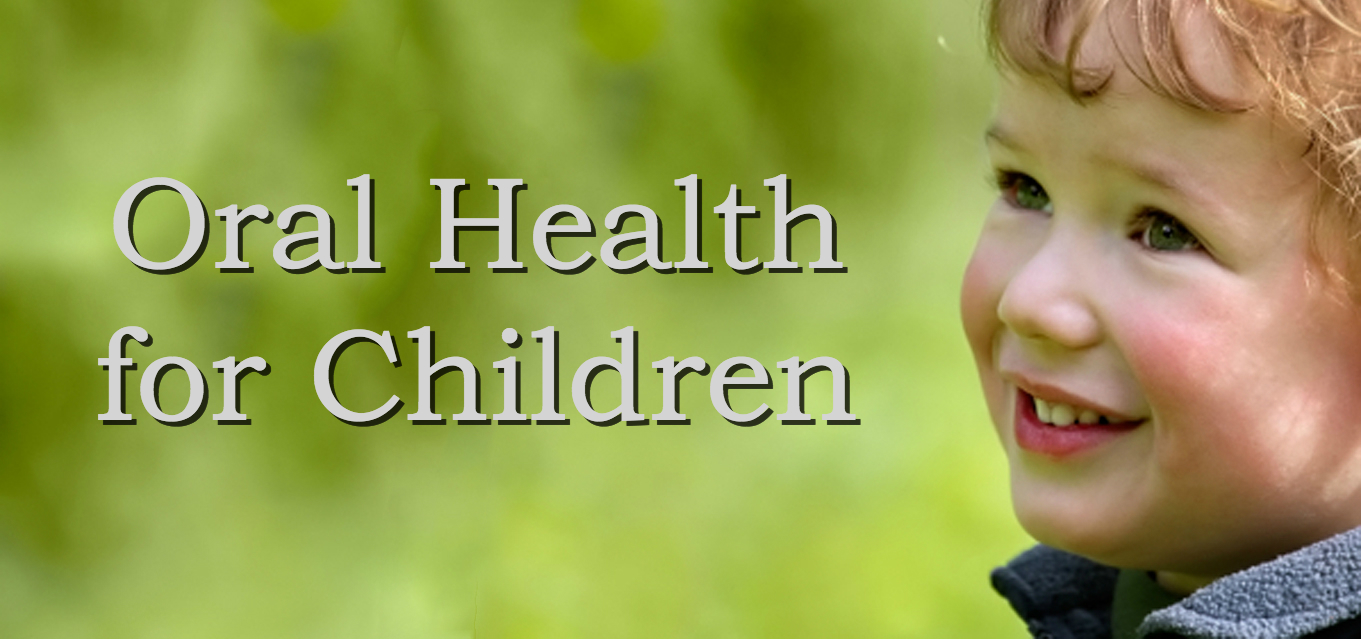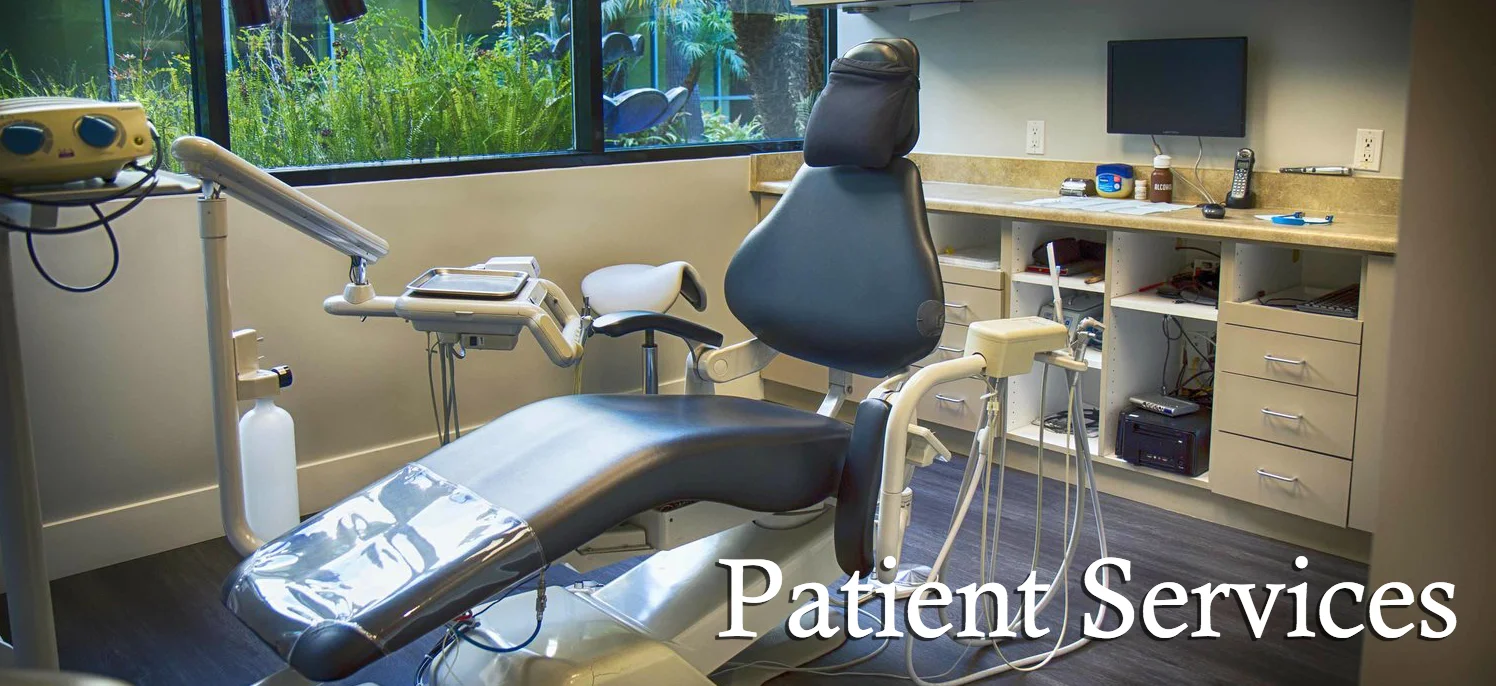We know that getting your young ones to keep their teeth clean can be a challenge. However, the effort is definitely worth it: healthy baby teeth assist in the proper positioning and development of the adult dentition. Not to mention starting your children off young sets them up for a lifetime of great oral health, often saving thousands of dollars in dental expenses. Read on to discover how to maximize the protective factors for your child's teeth!
The first baby teeth typically erupt into the mouth between 6 and 18 months. Prior to this, we suggest keeping your child's mouth clean with a wet cloth. Once the teeth erupt, you should start brushing twice a day with a rice-grain sized smear of fluoride toothpaste. After two teeth grow in next to each other, you can begin flossing in this area. At about three years, you can start brushing with a pea-sized portion of paste. Remember, children typically lack the dexterity to brush and floss their own teeth until they can tie their own shoes. Be careful to monitor how much toothpaste that they are using and make sure they are not swallowing excessive paste.
The bacteria responsible for tooth decay colonize children at a young age (usually under the age of three). New research suggests that sharing utensils or cleaning dropped pacifiers and bottles with spit during this period can prematurely introduce these bacteria to a child's mouth. While there is a near 100% chance that these bacteria will eventually colonize everyone, delaying them as long as possible may prevent the number and extent of cavities. Once your child is old enough to rinse and spit without swallowing, you can add a fluoride rinse like ACT brand to double down on cavity prevention.
We recommend bringing your child in for their first dental visit at 12 months of age or when all four central incisors are erupted (whichever is first). This is a short appointment for a general exam and to introduce your child to the dental office setting. If you would like to know more about cavity prevention, children's oral health or dental development, please give our office a call!























